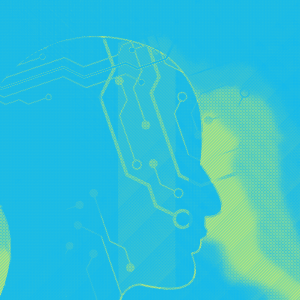 Microsoft is continuing to make strides in the AI space, now planning to integrate their latest AI generated offering CoPilot which uses OpenAI’s ChatGPT platform to integrate into Microsoft Office Apps.
Microsoft is continuing to make strides in the AI space, now planning to integrate their latest AI generated offering CoPilot which uses OpenAI’s ChatGPT platform to integrate into Microsoft Office Apps.
Microsoft CoPilot was originally an AI-powered code generation tool designed to help developers write code more efficiently. It was developed by OpenAI in collaboration with Microsoft and released in June 2021.
CoPilot uses GPT-3, one of the largest language models in existence, to generate code based on natural language prompts and examples. This means that developers can simply describe what they want their code to do in plain English (or another natural language) and CoPilot will provide suggestions for code snippets that achieve that functionality.
CoPilot is integrated with various popular code editors such as Visual Studio Code, GitHub Codespaces, and Atom, making it easily accessible for developers. It can also learn from code repositories and adapt to specific coding styles and project contexts.
However, Microsoft recently announced that they would be brining CoPilot to other applications, specifically mentioning its integration with Microsoft Office applications such as Excel, Word, Outlook, and more.
CoPilot appears in office apps as a useful AI chatbot on the sidebar, but it offers many more features than just a bot to converse with. For example, you could be writing up a Word document, and the CoPilot features will show up after highlighting a paragraph, similar to how Word may indicate message prompts or spelling mistakes.
How is CoPilot Different from Other Digital Assistants?
You can use the tools to rewrite your paragraph with several suggestions of new text which you can cycle through and edit on the fly. You can even have CoPilot generate an entire new document based on the highlighted information.
This is what sets CoPilot apart from other digital assistants like Siri, or Alexa. Other digital assistants are primarily designed for voice-based interactions with users and focus on tasks such as setting reminders, sending messages, and controlling smart home devices. These digital assistants use natural language processing (NLP) techniques to understand the user's commands and execute them accordingly.
In contrast, Microsoft CoPilot is an AI-powered tool designed to help make and implement suggestions you might find useful. CoPilot uses NLP and machine learning techniques to generate code snippets based on natural language prompts and examples provided by the user. It also follows this same technique which it applies across other platofrms such as Microsoft office apps like Teams, Outlook, Word, or Excel for example. This allows users to write code more efficiently and effectively, reducing the time and effort required for tasks, or writing out long forms of text, or creating an efficient schedule for meetings and appointments.
Another key difference between CoPilot and other digital assistants is that CoPilot is focused on specific domains such as code generation, document formatting, time management, and others, while other digital assistants are designed to be more general-purpose. CoPilot has been trained on a large corpus of code repositories, allowing it to generate code that is syntactically and semantically correct and aligned with common coding practices.
So will CoPilot be the new Microsoft Clippy? Only time will tell as Microsoft plans to integrate it’s AI based technology into more of it’s other product offerings.
Natural Networks is always working to stay at the forefront of new and emerging technology so that we can ensure our partners are always one step ahead. If you want to learn more about how Natural Networks can help maintain your technology, give us a call today!



